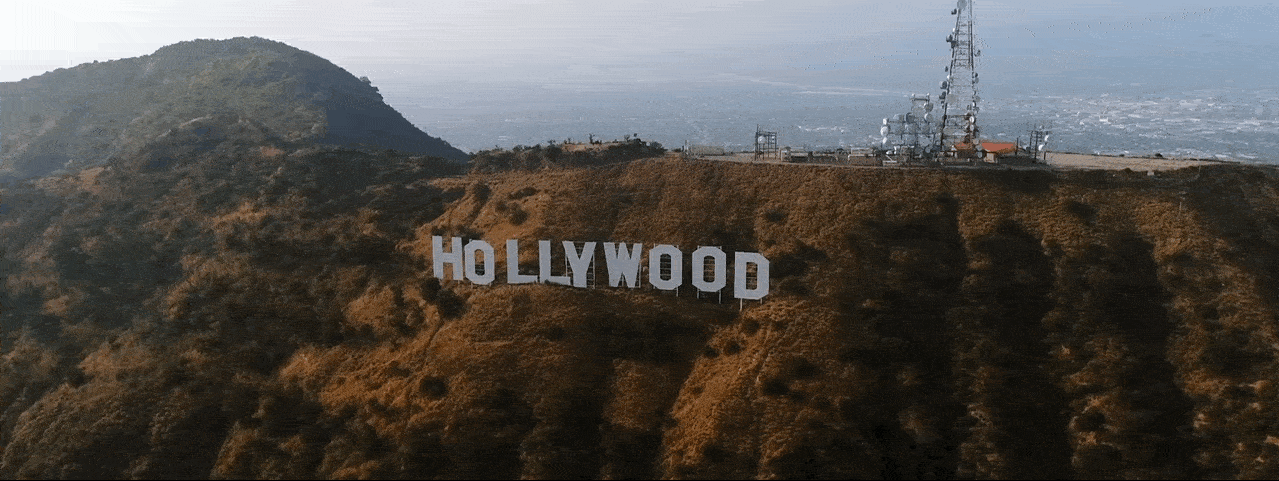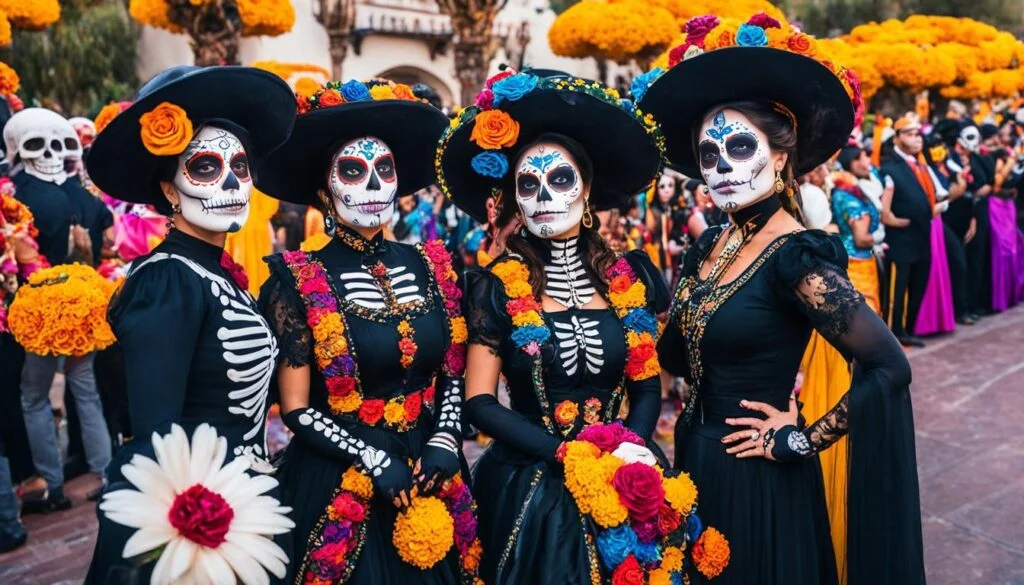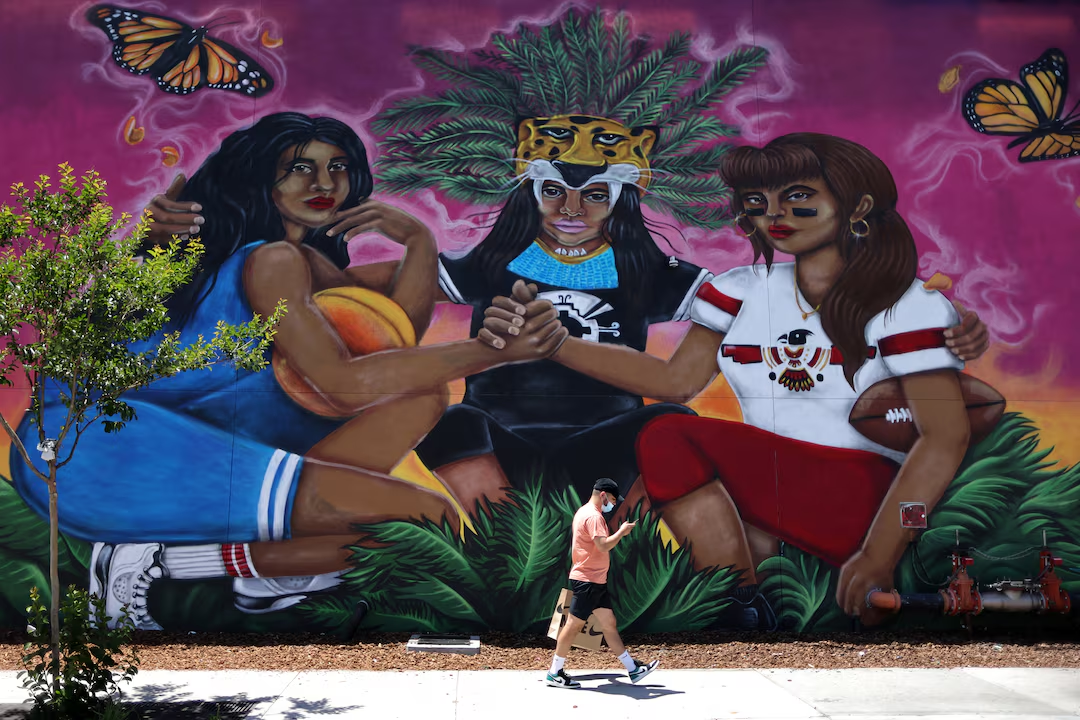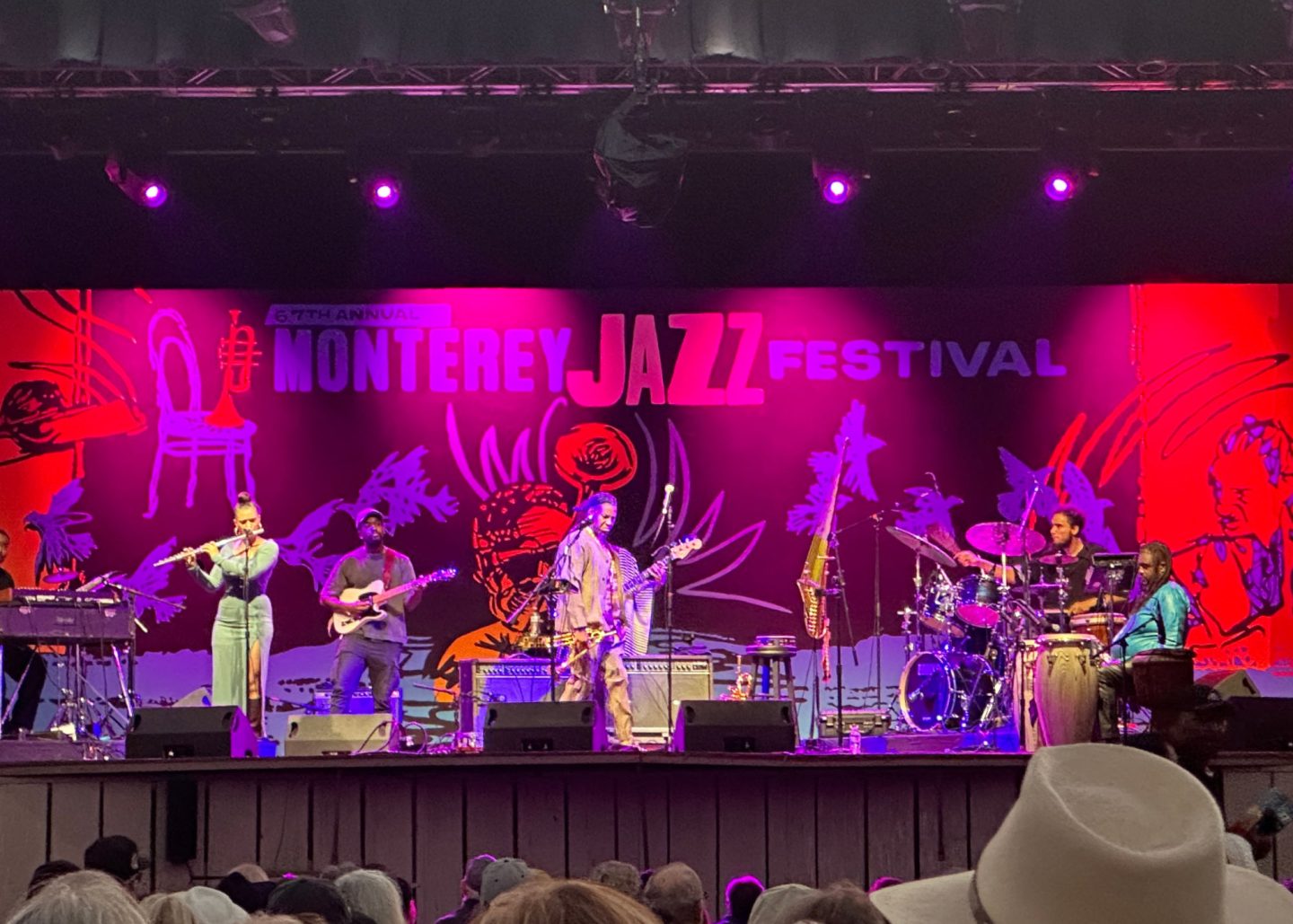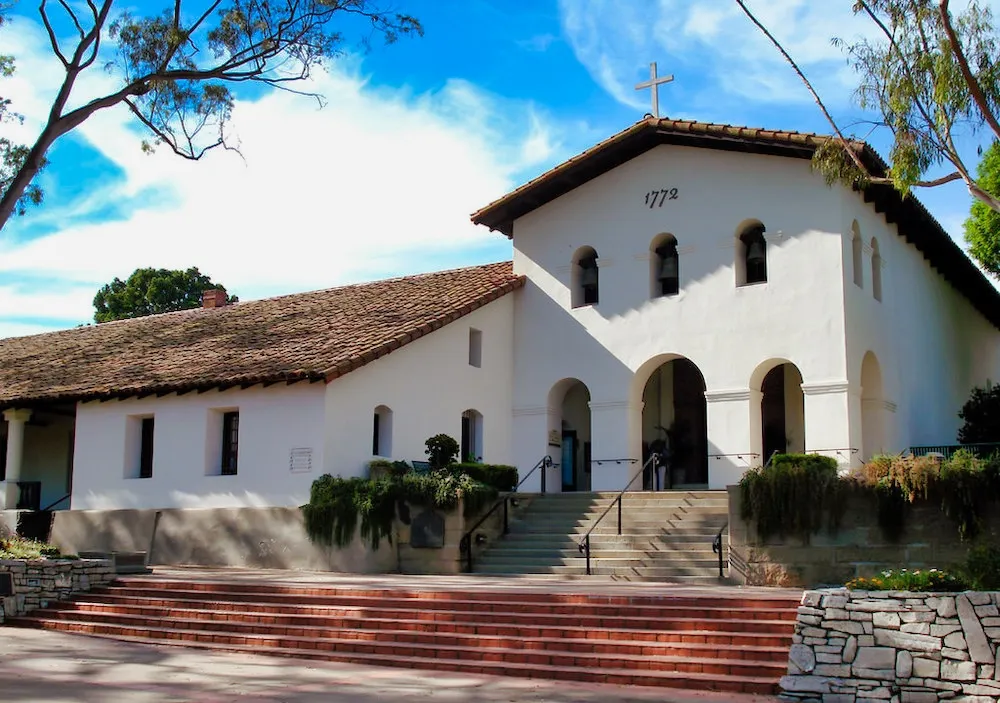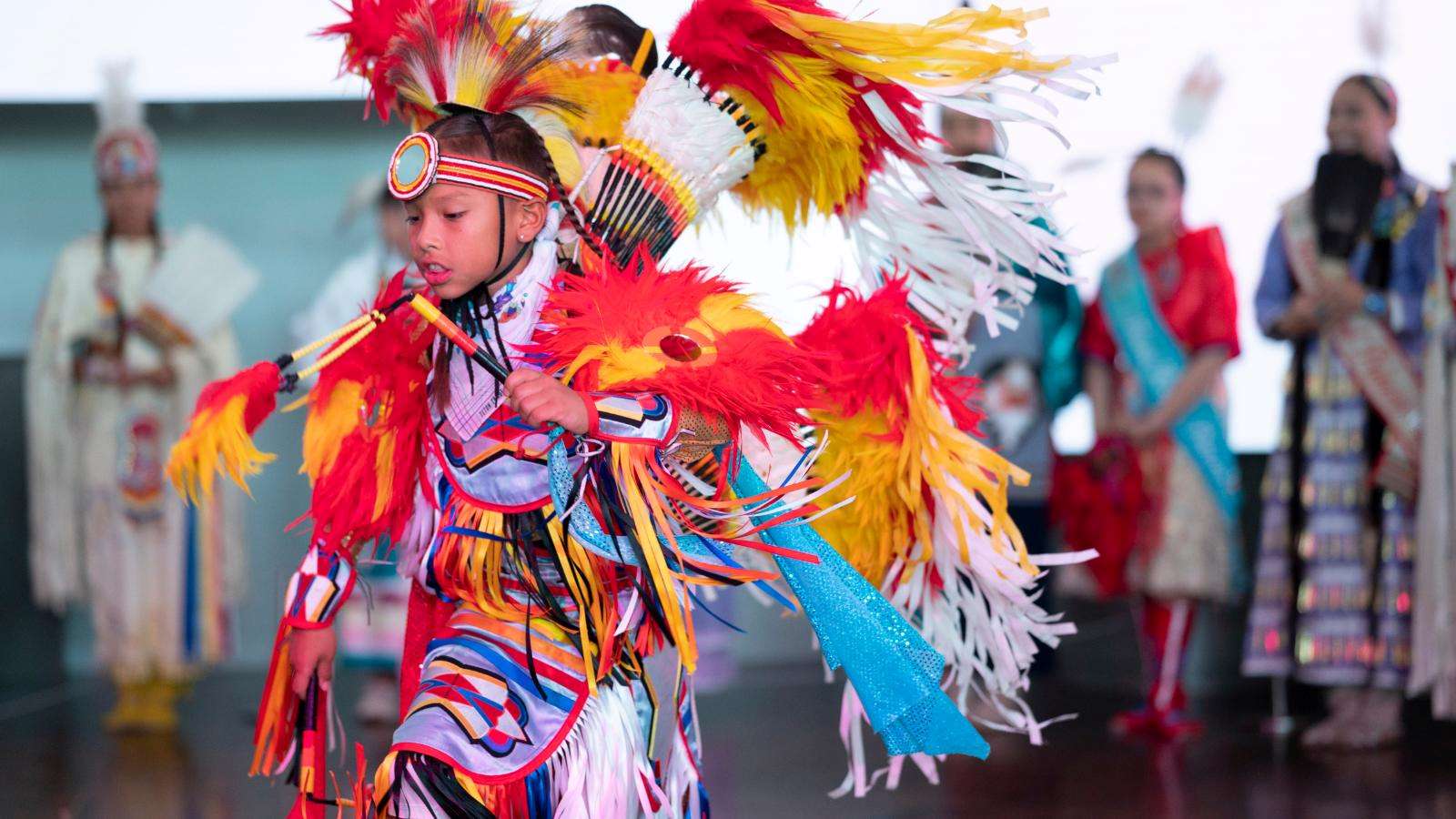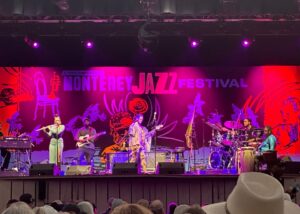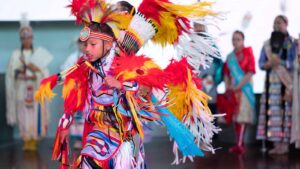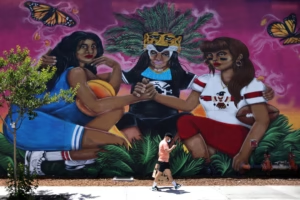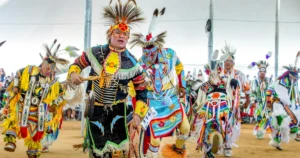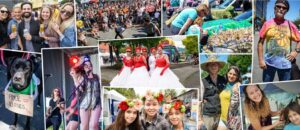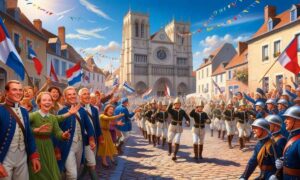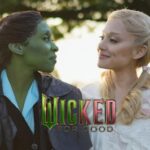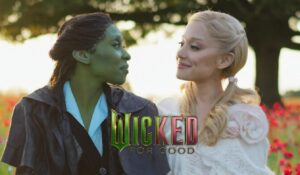Inside the Heart of Olvera Street: A Day of the Dead Festival Experience. Olvera Street in downtown Los Angeles comes alive with an unforgettable mix of color, music, and deep-rooted Mexican heritage during the Day of the Dead Festival. Officially known as Día de los Muertos, this ancient celebration honors loved ones who have passed on, blending centuries-old traditions with the lively energy of California’s modern cultural scene. For those who have never walked through the marigold-scented pathways of this historic street during this time, it’s more than an event – it’s an experience of soul, identity, and continuity.
The Day Of The Dead History
Dating back to pre-Columbian times, Día-de-los Muertos is a time for families to welcome back the souls of their deceased relatives for a brief reunion. While the tradition originates in Mexico, California has adopted it with remarkable authenticity, especially within cities that have large Latino communities. And among the many places in the state that honor this tradition, none does it with more vibrancy and authenticity than Olvera Street.
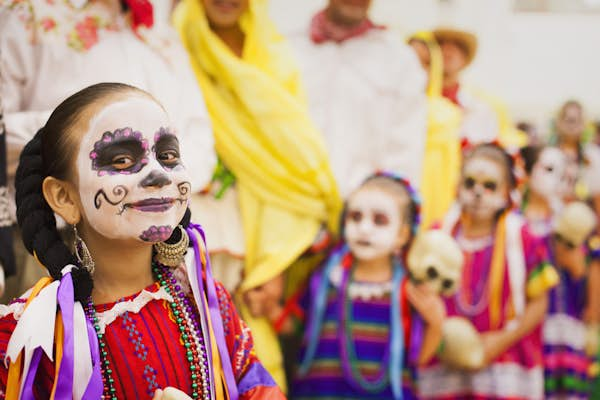
The celebration typically starts in the last week of October and runs through the first few days of November. On Olvera Street, you’ll find elaborate altars, also known as ofrendas, lining the pathways. These altars are lovingly decorated with candles, sugar skulls, photos of the deceased, favorite foods, and bright orange marigolds, believed to guide spirits back to the world of the living. Every altar tells a story – a glimpse into the life and legacy of someone once loved, now remembered with devotion and joy.
As the sun begins to set, the street transforms into a corridor of flickering candlelight and ceremonial rhythms. Traditional Aztec dancers dressed in vibrant feathers and face paint lead ceremonial dances, their rhythmic steps echoing against the adobe walls and cobbled stone paths. The air is thick with the scent of incense, the beating of drums, and the sound of mariachi music floating through the night air.
Night Processions
One of the most moving aspects of the festival is the nightly procession. At dusk, people gather in a candlelit parade honoring the dead. Participants wear painted skull masks or have their faces painted as calaveras (sugar skulls), symbolizing the beauty and brevity of life. With each step, the crowd chants and sings traditional songs as they follow a priest and Aztec dancers through the heart of the district. For newcomers, it’s an emotionally powerful moment – a communal act of remembrance where grief and celebration co-exist beautifully.
In addition to its spiritual significance, the festival is also a showcase of Mexican artistry. Visitors can buy handmade crafts such as papel picado (cut paper banners), calaveras, and miniature altars from street vendors. Local artists display paintings and jewelry inspired by ancestral symbols, while food vendors serve pan de muerto (a sweet bread made especially for the occasion), tamales, mole, and spicy champurrado.
As someone who has personally attended this festival more than once, I can attest to the authenticity and emotional power of the experience. One year, I met a local family who had created an altar in honor of their grandfather who migrated from Michoacán in the 1940s. They shared stories of his life, his love for music, and his favorite meals, all represented on the altar. It was a vivid reminder that cultural traditions are more than rituals — they’re acts of storytelling, legacy, and healing.
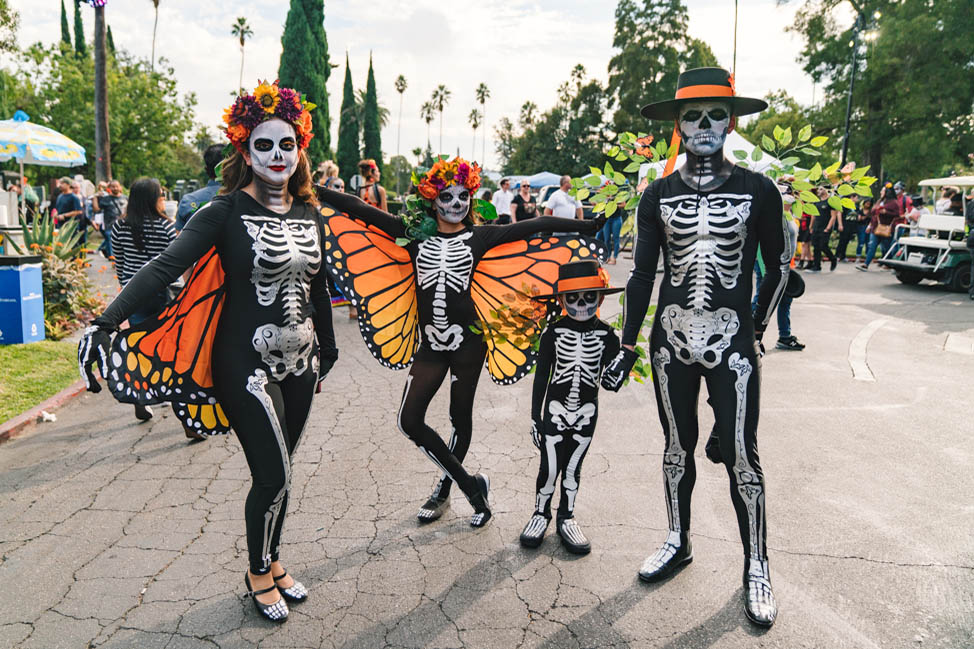
The charm of Olvera Street lies not just in the festival but in its rich history. As one of the oldest parts of Los Angeles, the area is often referred to as “the birthplace of LA.” It has long been a hub of Mexican-American culture, and walking its streets feels like stepping into a living museum. During the Day of the Dead, this feeling intensifies. The architecture, the colors, the smells, and the sounds — everything combines to create an atmosphere that bridges the ancient with the contemporary.
Local organizations like the El Pueblo de Los Angeles Historical Monument and the Olvera Street Merchants Association work hard every year to ensure the event remains both true to tradition and inclusive. It’s free to attend, open to all, and accessible by public transportation, making it one of the most welcoming cultural celebrations in the state.
Conclusion
In an age when commercialized Halloween often overshadows the more meaningful customs of honoring the dead, Día de los Muertos at Olvera Street stands apart. It’s a living, breathing testament to cultural resilience. It doesn’t shy away from death; instead, it invites people to embrace it, understand it, and even celebrate it. Through this celebration, the community reclaims a space for memory, identity, and love – things that never die.
Whether you’re a local Angeleno or a visitor exploring California’s cultural roots, attending this festival should be on your bucket list. Bring your camera, but also bring your heart. The beauty of Olvera Street during Day of the Dead is not just what you see, but what you feel – a collective embrace of life’s fleeting nature, wrapped in marigolds, music, and memory.

